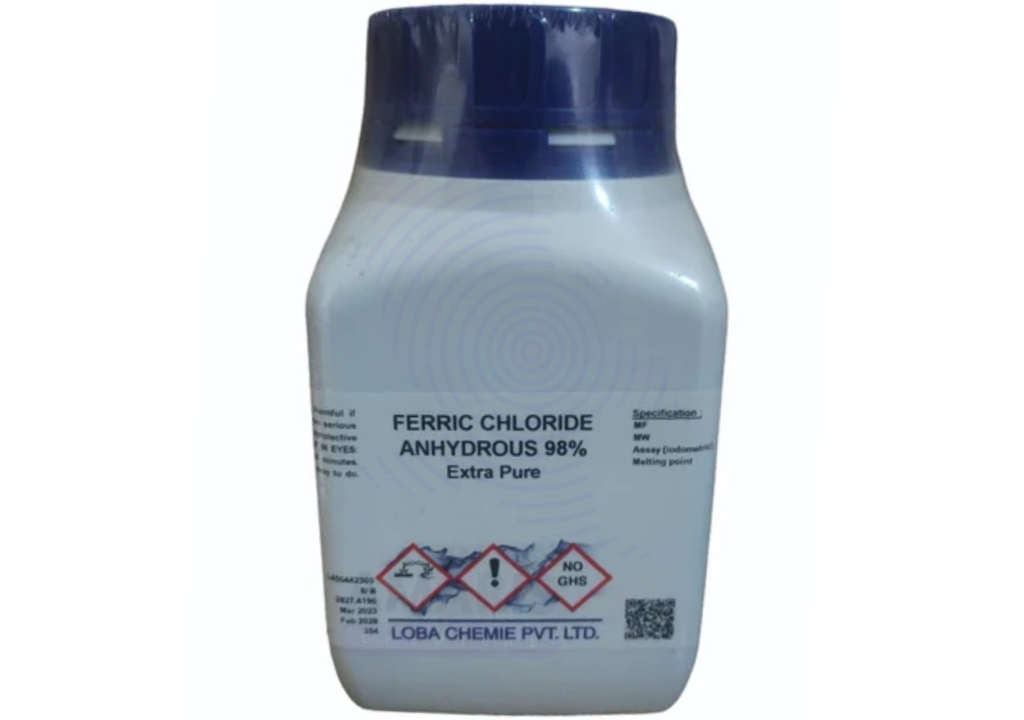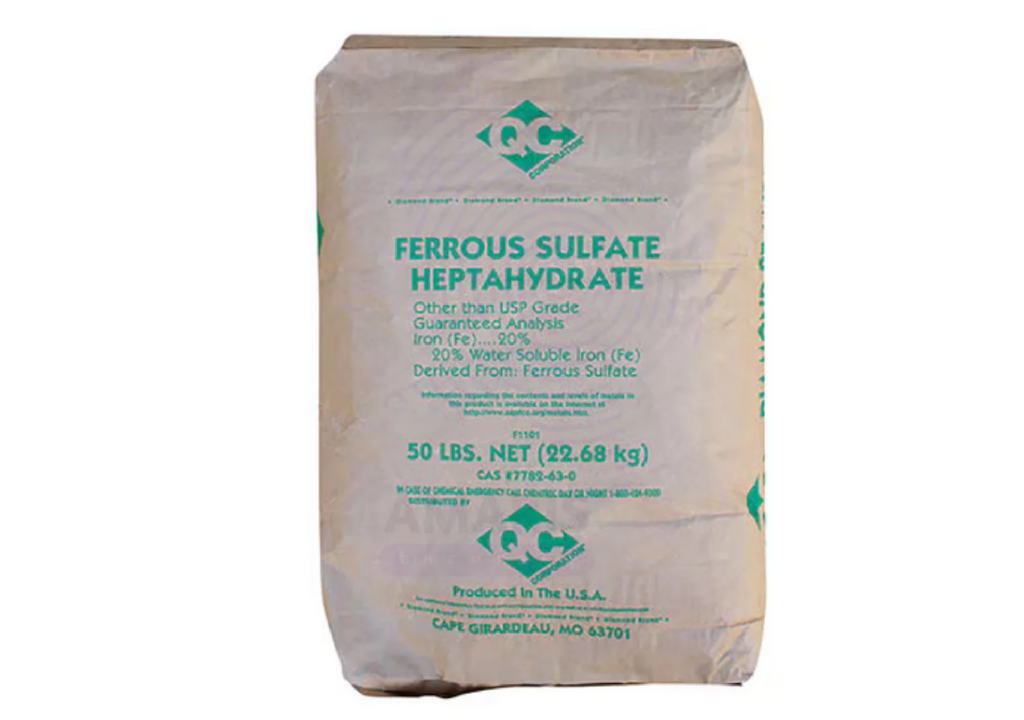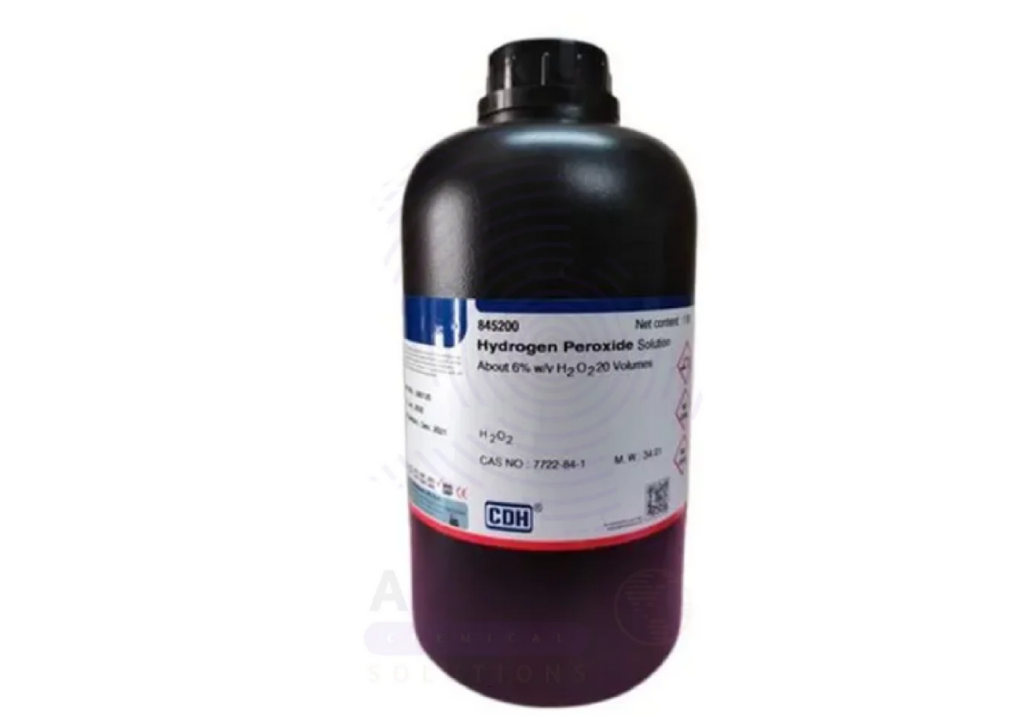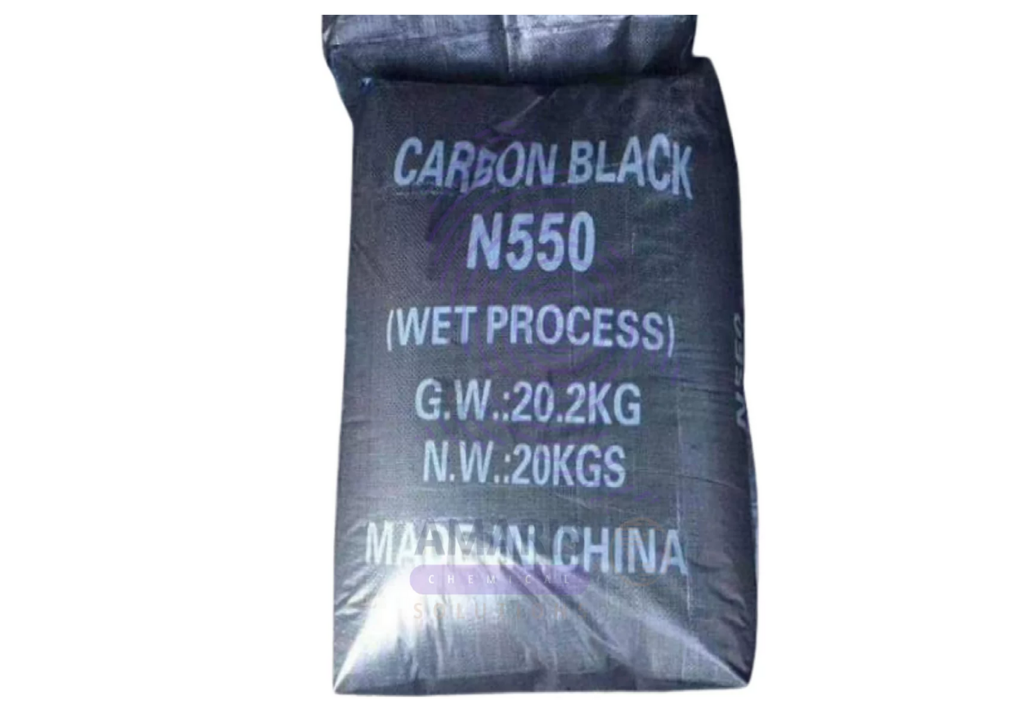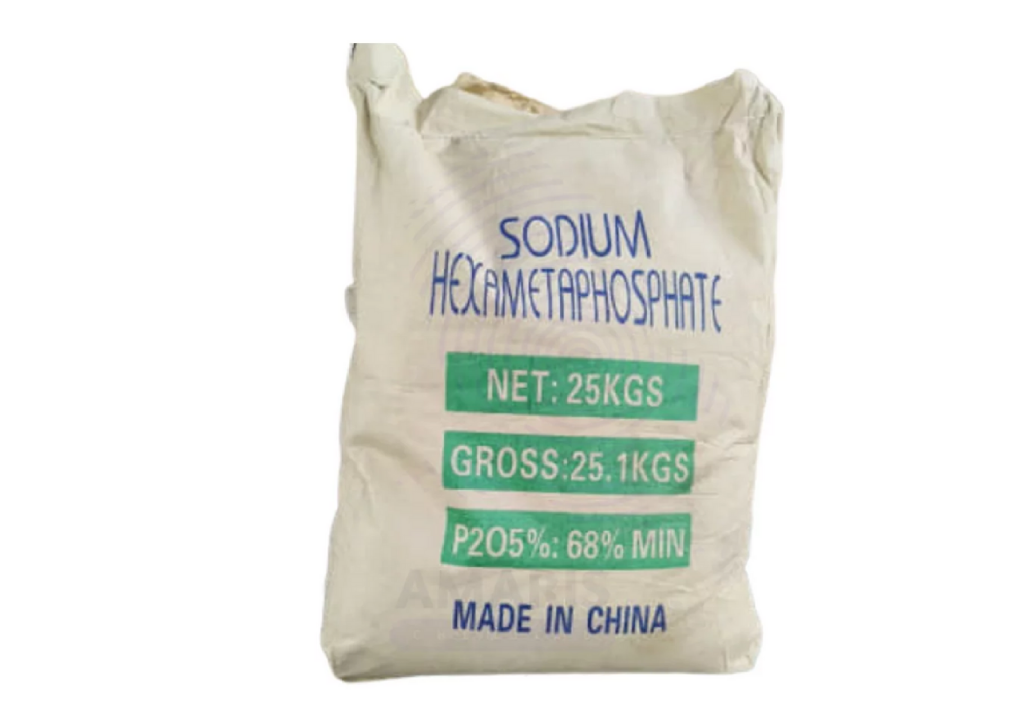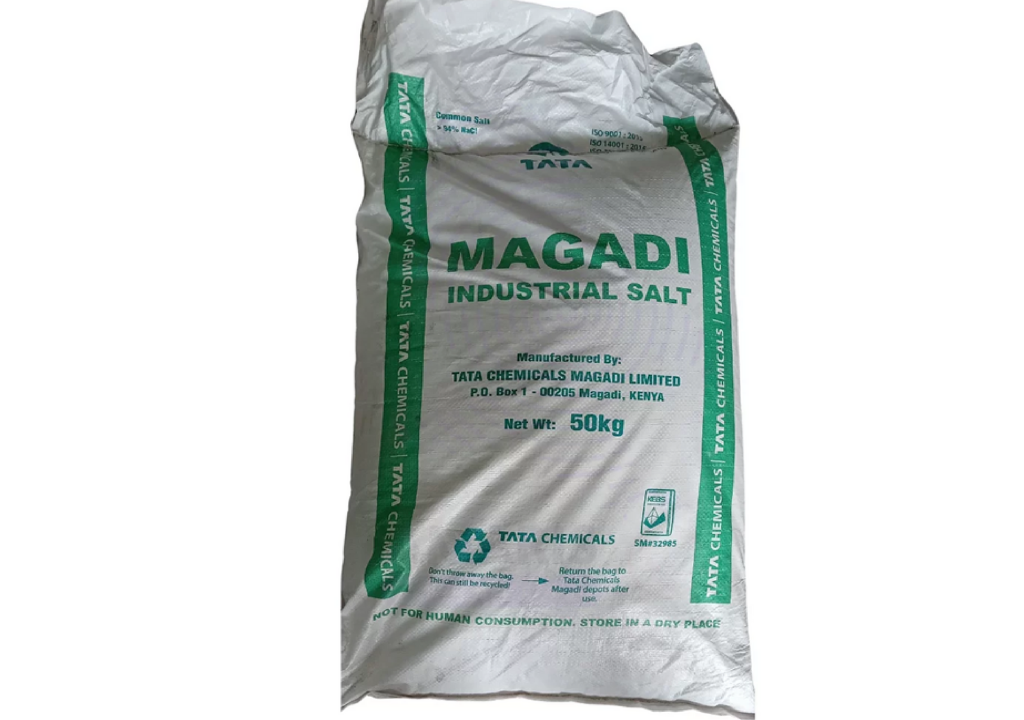🧪 Calcium Hypochlorite: The Powerful Disinfectant Shaping Safer Water and Cleaner Environments
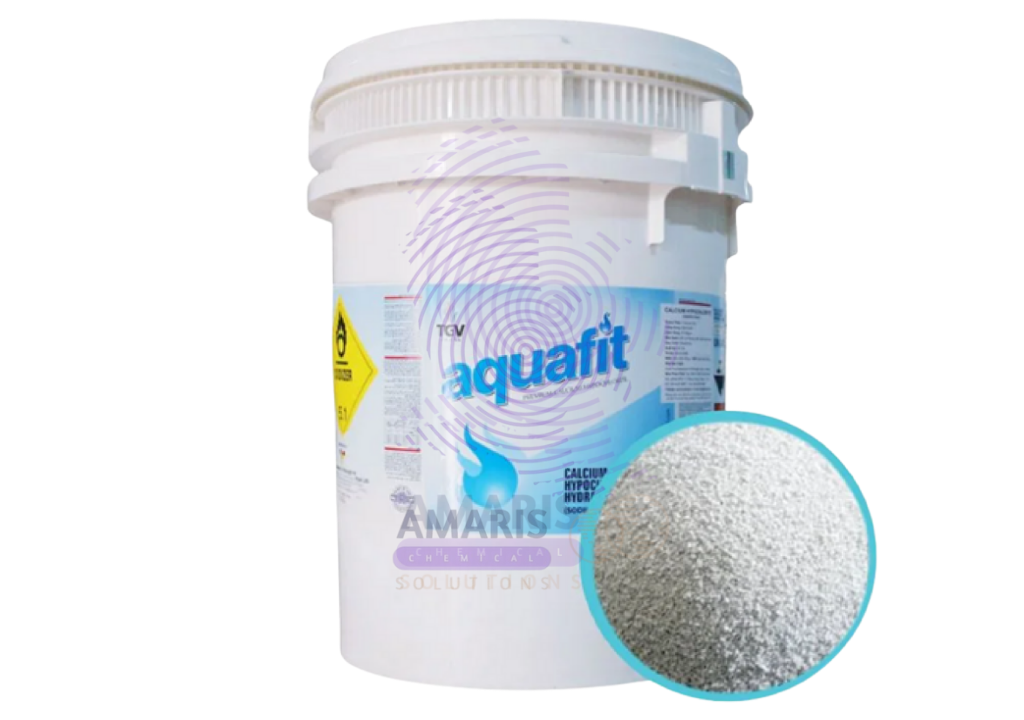
Clean water and effective sanitation are the cornerstones of a healthy society — and Calcium Hypochlorite (Ca(ClO)₂) stands as one of the most trusted solutions in achieving both. Known for its strong disinfecting power, high chlorine content, and stability, this compound plays a crucial role in water treatment, sanitation, and industrial hygiene. At Amaris Chemical Solutions, we understand that the right chemical solutions don’t just serve industries — they safeguard lives. 💧⚙️
⚙️ What Is Calcium Hypochlorite?
Calcium Hypochlorite is an inorganic compound commonly appearing as a white or grayish powder or granular solid with a strong chlorine-like odor. It is one of the most widely used forms of solid chlorine and is highly effective as a bleaching agent, sanitizer, and disinfectant.
Its chemical formula, Ca(ClO)₂, signifies a composition containing calcium, chlorine, and oxygen — all combining to form a compound capable of releasing chlorine gas upon contact with water. This reaction is what drives its powerful sterilizing action.
🧪 Key Properties of Calcium Hypochlorite
- Chemical Formula: Ca(ClO)₂
- Appearance: White to grayish-white powder or granules
- Odor: Strong chlorine-like smell
- Available Chlorine: Typically 65–70%
- Solubility: Slightly soluble in water
- pH (1% solution): Alkaline (approx. 11–12)
- Decomposition: Slowly releases oxygen and chlorine gas when exposed to heat or moisture
These characteristics make Calcium Hypochlorite a powerful and efficient agent for oxidation, sterilization, and bleaching applications.
💧 Applications of Calcium Hypochlorite
1️⃣ Water Treatment and Purification
The most recognized use of Calcium Hypochlorite is in disinfecting drinking water. When dissolved, it releases hypochlorous acid (HOCl) — a potent germicidal agent that kills bacteria, viruses, and algae.
It’s commonly used in:
- Municipal and rural water treatment plants
- Emergency water purification systems
- Domestic well disinfection
- Swimming pool sanitation
Its high chlorine yield ensures consistent purification even in small doses, making it cost-effective and reliable.
2️⃣ Swimming Pool and Spa Maintenance
Calcium Hypochlorite is preferred in pool treatment for its long-lasting sanitizing action. It oxidizes organic contaminants like sweat, body oils, and algae, leaving pool water crystal clear and safe. 🏊♂️✨
Unlike liquid chlorine, it’s more stable, easier to store, and less likely to degrade in sunlight.
3️⃣ Textile and Paper Industries
In textile bleaching and paper pulp treatment, Calcium Hypochlorite serves as a strong oxidizing agent. It removes stains, brightens fibers, and ensures whiteness in fabrics and paper materials.
4️⃣ Food and Beverage Processing
When used correctly, diluted Calcium Hypochlorite solutions are employed to sanitize food contact surfaces, utensils, and processing equipment, ensuring compliance with hygiene standards.
5️⃣ Wastewater and Sewage Treatment
It’s used in wastewater management to eliminate pathogens, reduce odor, and minimize harmful biological activity in effluents before discharge into the environment.
🧼 Handling, Storage, and Safety
Despite its benefits, Calcium Hypochlorite requires careful handling because of its reactivity and oxidizing nature.
⚠️ Safety Guidelines:
- Avoid contact with organic materials, acids, and reducing agents.
- Always store in a cool, dry, well-ventilated area, away from sunlight and heat sources.
- Keep containers tightly closed to prevent moisture absorption and decomposition.
- Wear protective gloves, goggles, and masks when handling the powder.
- In case of contact with skin or eyes, rinse immediately with plenty of water.
Properly stored, it maintains stability for up to one year without significant loss of potency.
🌍 Environmental Considerations
While Calcium Hypochlorite is highly effective at disinfection, responsible use is essential. Excess chlorine can impact aquatic ecosystems, so dosage control during water treatment is crucial.
When applied correctly, it offers a powerful, environmentally responsible solution for maintaining hygiene and water safety.
🏭 Quality Calcium Hypochlorite from Amaris Chemical Solutions
At Amaris Chemical Solutions, we supply high-purity Calcium Hypochlorite suitable for industrial, municipal, and domestic use. Each batch is manufactured under strict quality control standards to ensure:
- Consistent chlorine content
- Safe reactivity levels
- High performance in disinfection and bleaching applications
Whether you’re managing a water treatment plant, maintaining a swimming pool, or operating a manufacturing facility, our Calcium Hypochlorite provides trusted performance and safety assurance — every time.
💡 Did You Know?
Calcium Hypochlorite was first introduced in the early 20th century as a “chlorine powder” for disinfecting water supplies — revolutionizing global sanitation and drastically reducing waterborne diseases! 💧🌿


 Preservatives(food)
Preservatives(food) Flavor Enhancers
Flavor Enhancers Acidulants
Acidulants Sweeteners
Sweeteners Antioxidants
Antioxidants Colorants(food)
Colorants(food) Nutraceutical Ingredients (food)
Nutraceutical Ingredients (food) Nutrient Supplements
Nutrient Supplements Emulsifiers
Emulsifiers
 Collectors
Collectors Dust Suppressants
Dust Suppressants Explosives and Blasting Agents
Explosives and Blasting Agents Flocculants and Coagulants
Flocculants and Coagulants Frothers
Frothers Leaching Agents
Leaching Agents pH Modifiers
pH Modifiers Precious Metal Extraction Agents
Precious Metal Extraction Agents
 Antioxidants(plastic)
Antioxidants(plastic) Colorants (Pigments, Dyes)
Colorants (Pigments, Dyes) Fillers and Reinforcements
Fillers and Reinforcements Flame Retardants
Flame Retardants Monomers
Monomers Plasticizers
Plasticizers Polymerization Initiators
Polymerization Initiators Stabilizers (UV, Heat)
Stabilizers (UV, Heat)
 Antifoaming Agents
Antifoaming Agents Chelating Agents
Chelating Agents Coagulants and Flocculants
Coagulants and Flocculants Corrosion Inhibitors
Corrosion Inhibitors Disinfectants and Biocides
Disinfectants and Biocides Oxidizing Agents
Oxidizing Agents pH Adjusters
pH Adjusters Scale Inhibitors( water)
Scale Inhibitors( water)
 Antioxidants(cosmetic)
Antioxidants(cosmetic) Emollients
Emollients Fragrances and Essential Oils
Fragrances and Essential Oils Humectants
Humectants Preservatives
Preservatives Surfactants(cosmetic)
Surfactants(cosmetic) Thickeners
Thickeners UV Filters
UV Filters
 Fertilizers
Fertilizers Soil Conditioners
Soil Conditioners Plant Growth Regulators
Plant Growth Regulators Animal Feed Additives
Animal Feed Additives Biostimulants
Biostimulants Pesticides (Herbicides, Insecticides, Fungicides)
Pesticides (Herbicides, Insecticides, Fungicides)
 Active Pharmaceutical Ingredients (APIs)
Active Pharmaceutical Ingredients (APIs) Excipients
Excipients Solvents(pharmaceutical)
Solvents(pharmaceutical) Antibiotics
Antibiotics Antiseptics and Disinfectants
Antiseptics and Disinfectants Vaccine Adjuvants
Vaccine Adjuvants Nutraceutical Ingredients (pharmaceutical)
Nutraceutical Ingredients (pharmaceutical) Analgesics & Antipyretics
Analgesics & Antipyretics
 Analytical Reagents
Analytical Reagents Solvents(lab)
Solvents(lab) Chromatography Chemicals
Chromatography Chemicals Spectroscopy Reagents
Spectroscopy Reagents microbiology-and-cell-culture-reagents
microbiology-and-cell-culture-reagents Molecular Biology Reagents
Molecular Biology Reagents Biochemical Reagents
Biochemical Reagents Inorganic and Organic Standards
Inorganic and Organic Standards Laboratory Safety Chemicals
Laboratory Safety Chemicals Specialty Laboratory Chemicals(Special Laboratory Equipment)
Specialty Laboratory Chemicals(Special Laboratory Equipment)
 Demulsifiers
Demulsifiers Hydraulic Fracturing Fluids
Hydraulic Fracturing Fluids Scale Inhibitors(oil)
Scale Inhibitors(oil) Surfactants(oil)
Surfactants(oil) Drilling Fluids
Drilling Fluids
 Dyes and Pigments
Dyes and Pigments Bleaching Agents
Bleaching Agents Softening Agents
Softening Agents Finishing Agents
Finishing Agents Antistatic Agents
Antistatic Agents
 Admixtures
Admixtures Waterproofing Agents
Waterproofing Agents Sealants and Adhesives
Sealants and Adhesives Curing Compounds
Curing Compounds Concrete Repair Chemicals
Concrete Repair Chemicals Anti-Corrosion Coatings
Anti-Corrosion Coatings
 Surfactants(cleaning)
Surfactants(cleaning) Builders
Builders Enzymes
Enzymes Solvents (Cleaning)
Solvents (Cleaning) Fragrances
Fragrances
 Electronic Chemicals
Electronic Chemicals Catalysts
Catalysts Lubricants
Lubricants Photographic Chemicals
Photographic Chemicals Refrigerants
Refrigerants Automotive chemicals
Automotive chemicals Pyrotechnic Chemicals
Pyrotechnic Chemicals
 Biodegradable Surfactants
Biodegradable Surfactants Bio-based Solvents
Bio-based Solvents Renewable Polymers
Renewable Polymers Carbon Capture Chemicals
Carbon Capture Chemicals Wastewater Treatment Chemicals
Wastewater Treatment Chemicals
 Pigments
Pigments Solvents(paint)
Solvents(paint) Specialty Coatings
Specialty Coatings Binders/Resins
Binders/Resins Additives
Additives Driers
Driers Anti-Corrosion Agents
Anti-Corrosion Agents Functional Coatings
Functional Coatings Application-Specific Coatings
Application-Specific Coatings
 Fresh Herbs
Fresh Herbs Ground Spices
Ground Spices Whole Spices
Whole Spices Spice Blends
Spice Blends Dried Herbs
Dried Herbs
 Leavening Agents
Leavening Agents Dough Conditioners
Dough Conditioners Flour Treatments
Flour Treatments Fat Replacers
Fat Replacers Decoratives
Decoratives Preservatives(baking)
Preservatives(baking)
 Plasticizers & Softeners
Plasticizers & Softeners Reinforcing Agents
Reinforcing Agents Adhesion Promoters
Adhesion Promoters Vulcanizing Agents
Vulcanizing Agents Antidegradants
Antidegradants Blowing Agents
Blowing Agents Fillers & Extenders
Fillers & Extenders Accelerators & Retarders
Accelerators & Retarders
